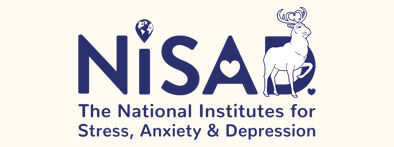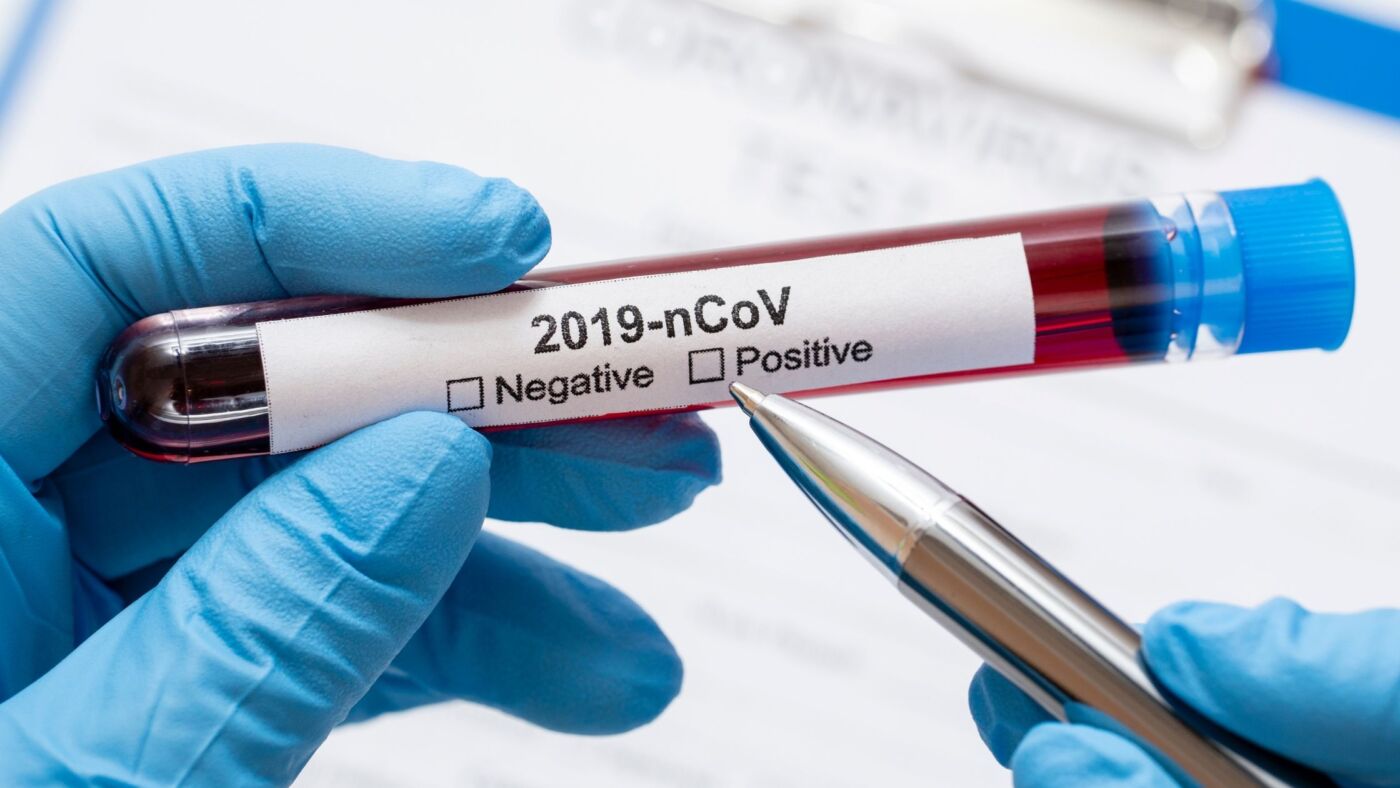Having been involved in clinical diagnostic testing my entire scientific career, one thing I can say with certainty (and some irony) is that no clinical diagnostic test is 100% accurate.
The belief that the COVID-19 PCR test is “completely accurate” is false.
Furthermore, not understanding what accuracy means, it’s different component measures and how to correctly interpret, causes unnecessary anxiety and allows the popular press to stir up much un-warranted hysteria. Understanding the inherent measure of uncertainty that a clinical test has is of critical importance, as a failure to do so can misdirect public health policy and causes more harm than the good a testing/ screening programme can bring.
What we mean by accurate can be defined many ways – but a common view is if it is positive I have the disease or if it is negative I haven’t. That would be a 100% accurate tests. At its simplest, a scientist will interpret that as sensitivity rates and specificity rates. So if all people who have the disease (no matter how early or whether they have symptoms or not ) are positive when tested, you then have a test that is 100% sensitive (with no false negatives). Conversely, if people who don’t have the disease the test would never identify them as (false) positive, then the test is 100% specific.
In reality, we always have false negatives and false positives, but we try a minimise both. However, there is a Yin – Yan tipping point for false negatives versus false positives. We have tests that might only pick up 70-90% of true positive disease cases and very few if any false positives. Conversely, we could have tests that pick up 99 to 100% of cases but will identify 5% or more true negatives as positives.
Covid-19 RT-PCR is a highly sensitive test with 97-99% sensitivity. But why are we treating it as 100% specific?
Even the very best established HIV infection PCR tests, developed with care and with time, have on average a 1.8% false-positive rate. The COVID-19 PCR tests have been developed and implemented rapidly as a screening test for COVID-19. They are very sensitive, detecting mere traces of viral genomic sequencing in a sample. Although people with clinical symptoms have been tested and established a 95-99% detection rate for many of the PCR tests sold, what are the false positive rates?
Well, no one has assessed them properly and the problem has been bypassed by calling people who test positive, but have no clinical symptoms, “Asymptomatic”. The false assumption is that the disease was caught early and these people will develop the disease. Well in fact early studies of COVID-19 PCR positive individuals have shown that only about 20% of PCR “asymptomatic” individuals went onto develop any symptoms (and all mild) of the disease.
The argument has then gone that they are infected, are successfully fighting the disease BUT “they might still be infecting others”. Sensational Medical Journalism? ….Yes!; unfortunately there is no evidence either way for this possibility. But if we draw parallels with other viral diseases detected by PCR then this is not true.
The problem of false positives has now exploded into a much more concerning public policy and understanding crisis:
Assuming 1% false-positive rate, If you are testing 100,000 non-symptomatic individuals a day you might expect 1000 “Asymptomatic” false positives to be detected. Even combined with the incidence of true pre-symptomatic detection, the vast majority (80% plus) of these “Asymptomatic” PCR positives will never develop symptoms.
Asymptomatic = False positive + pre-symptomatic
We now have a dilemma, governments wish to screen the population in order to detect early the second wave of COVID-19 infections. However, if we test 10 million people a week, particularly non-symptomatic individuals, using expensive RT-PCR we will detect 100,000 “Asymptomatic” just because of the false-positive rate. This will be freely accessible public domain data and the popular press will create panic because they don’t understand, or wish to understand, the science of uncertainty.
The economics of using an expensive PCR test as a front-line screening method is, in itself, questionable; but what is clearly needed is a secondary follow up test on all screen positives, preferably using a different methodology, to confirm or otherwise the first screen test.
Developing an alternative way of testing for COVID-19 has been Ray’s work for the past few months and more blogs will appear as this develops.
In the meantime, if you would like to read more about COVID-19 tests, the post –COVID-19 testing – all you did (and didn’t) want to know –by Ray may be of interest too.

Professor Ray Iles
Head of Biomedical Science at NISAD


